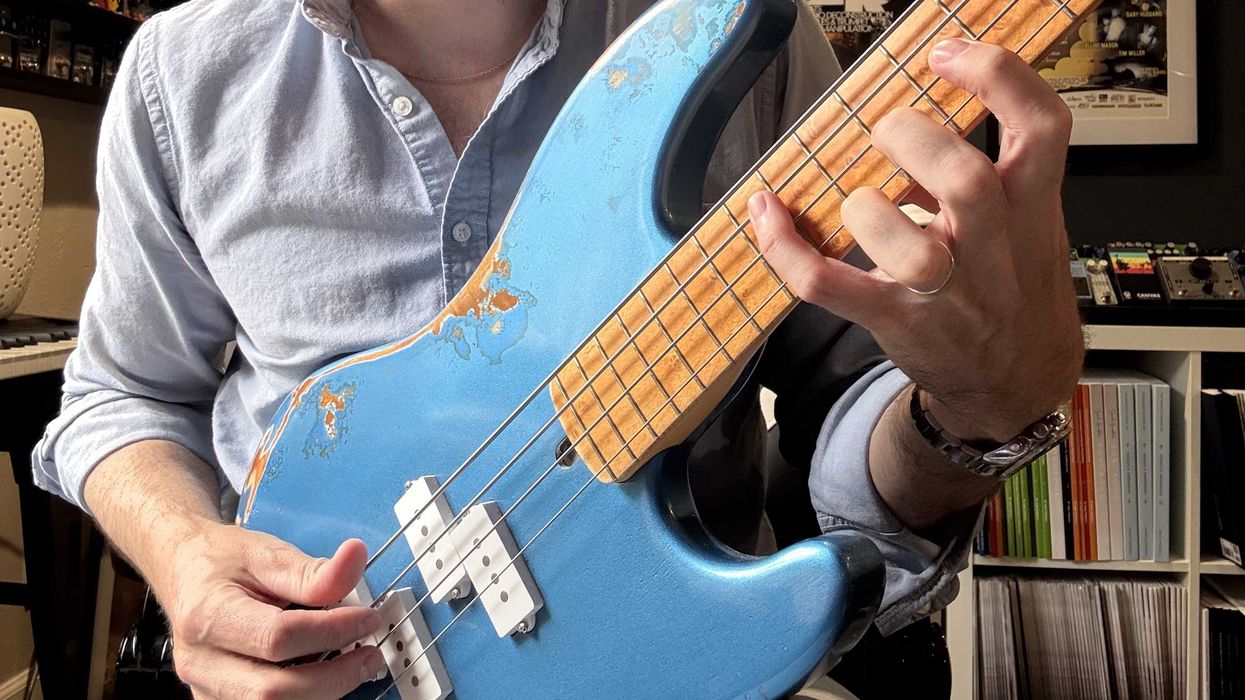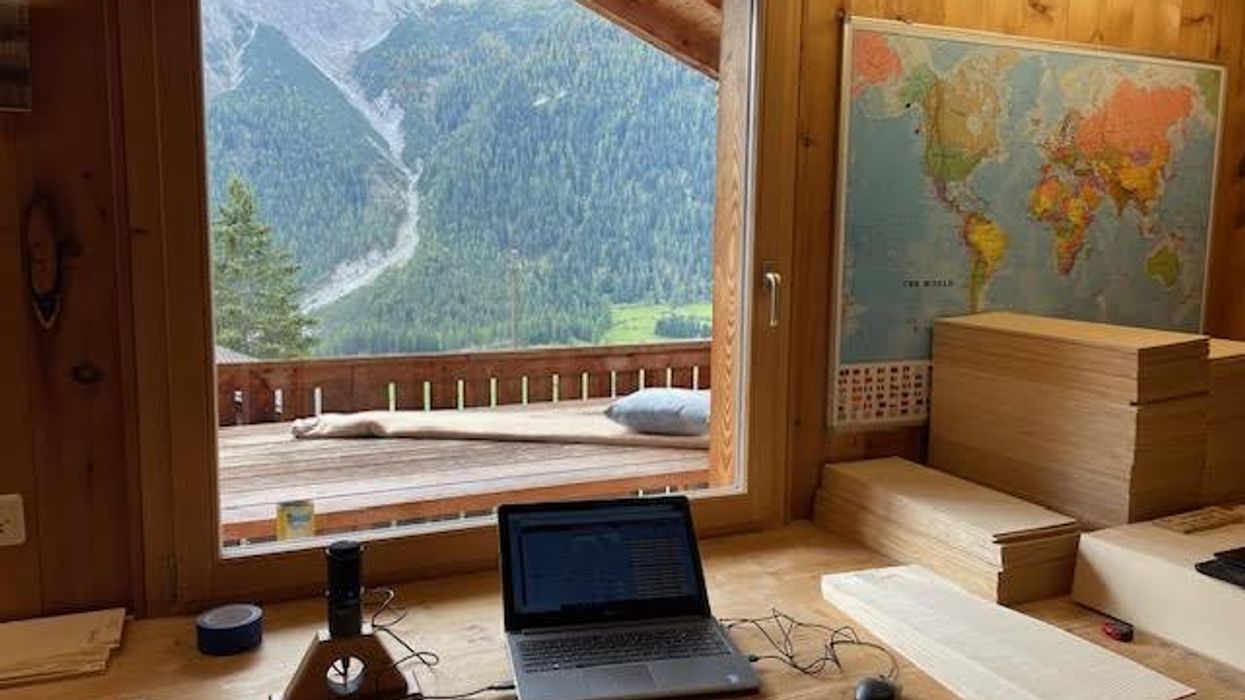 Honduras mahogany has been considered a standard guitar tonewood for generations, known for its warmth and fullness. American and European maples have made the grade with all the flame and quilt. Indian rosewood and other more modern, exotic woods have hit the scene over the last 30-40 years, including ebony, lacewood, ziricote, cocobolo, walnut, cypress, and even mango wood!
Honduras mahogany has been considered a standard guitar tonewood for generations, known for its warmth and fullness. American and European maples have made the grade with all the flame and quilt. Indian rosewood and other more modern, exotic woods have hit the scene over the last 30-40 years, including ebony, lacewood, ziricote, cocobolo, walnut, cypress, and even mango wood! Yes, the common belief is that the ultimate, Holy Grail of tonewoods is Brazilian rosewood, which toils with tenor and marketing. This makes it difficult distinguishing the two at times, and I do agree that Brazilian is wonderful. Cut from the stump, it can possess the most striking, dark, shimmery ripples that look as three-dimensional as it sounds (More on the Brazilian in future articles).
If there was another tonewood that does it all for me, and (dare I say) almost better than any other, it would have to be koa (Acacia koa).
Only found in, and native to the Hawaiian Islands, this beautiful, fast growing hardwood forest tree has an amazing history. It was prized by early settlers for canoe carving, being fairly light and buoyant, and it was “the” wood for the famous Ukulele craze in the teens and twenties. It wasn’t long before word got out (mostly after WWII), that fine crafted koa instruments were popping up all around the world.
There are three main things that many builders look for in a great tonewood: workability, resonance, and appearance. In my opinion, koa has it all.
Though its density can vary, I find koa to be fairly lightweight with excellent rigidity. It sands well without gumming up or leaving any oily residues. It bends well, and finish adhesion is never a problem.
 When paired with a nice soundboard, koa has the crispness and clarity of the finest rosewood, but with all the warmth, thick tone, and airiness that mahogany possesses. Its individual note definition has magnificent separation, with power and projection that is almost self-generating. Adding to this is koa’s ability to be boisterous and brash, or soft and smooth if you so choose. Koa is also one of the few tonewoods that can literally take on a “two sided” role; as a back and side wood, and as a soundboard … making one dazzling piece of instrument!
When paired with a nice soundboard, koa has the crispness and clarity of the finest rosewood, but with all the warmth, thick tone, and airiness that mahogany possesses. Its individual note definition has magnificent separation, with power and projection that is almost self-generating. Adding to this is koa’s ability to be boisterous and brash, or soft and smooth if you so choose. Koa is also one of the few tonewoods that can literally take on a “two sided” role; as a back and side wood, and as a soundboard … making one dazzling piece of instrument! Its beauty can be breathtaking. koa’s color spectrum and swirling grain pattern is as wide as they come; from mild ambers to brick reds, cinnamon browns and bold charcoal streaks. When figured with curly tight flame, koa possesses a depth and allure that is truly from Kane. I’ve seen people so struck with the beauty of koa that they practically fall off their chairs as the guitar is removed from its case.
With all the koa hoopla, there is bad with the good here. The koa forests have been drastically depleted over the years, which explain the soaring prices: $300-$500 a set, and declining quality. Wide board sets for guitars are becoming more difficult to get no matter how fast the tree grows. This is why koa is rarely found on the modern production guitars of today. It’s just too expensive.
The great debate of the best tonewood for steel string guitars will go on forever, and rightfully so. Everybody has different ears, and everybody has different tastes in tone and beauty. So I say, whatever floats your boat – or canoe.
Photo Credits:
Koa Tree in Hawaii: Forest Starr & Kim Starr
Babicz Signature Koa Guitar: Jeff Babicz
Jeff Babicz, founder of Babicz Design Ltd., builds his acoustic and electric guitars using his patented, and award winning Lateral Compression string anchored Soundboard, Torque Reducing Split Bridge, and Continually Adjustable Neck designs.
www.babiczguitars.com
Questions? email me at: babicz@babiczguitars.com















